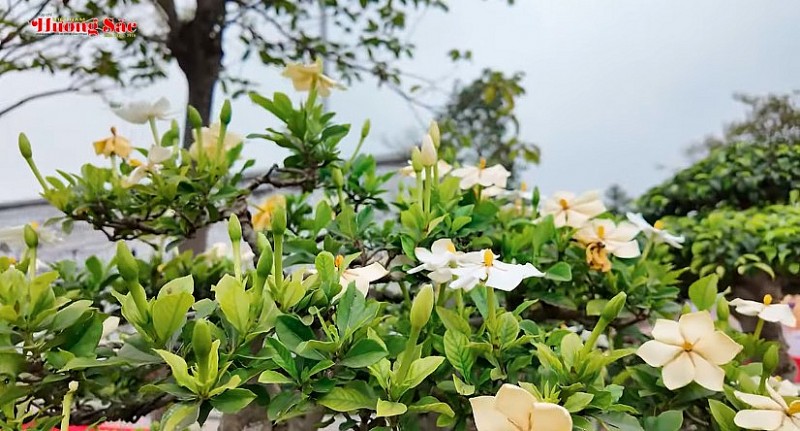Kanyao durian costs 1.2 billion VND: What makes it so expensive
Where does the world’s most expensive durian come from?
Once auctioned for up to 48,000 USD (more than 1.2 billion VND) at the “King of Durian” festival in 2019, a Kanyao durian from Nonthaburi province, Thailand, set a world record for the most expensive fruit.
 |
| Kanyao durian - "king of durians" with a round shape, characteristic long stem and value up to 1.2 billion VND/fruit. |
This special durian is grown in Nonthaburi, a fertile land located about 40 km north of Bangkok. Here, the Kanyao durian is grown completely organically, without the use of chemicals, each tree produces very few fruits, and they are all left to ripen naturally on the branches.
Why is Kanyao durian so expensive?
Rarity is part of the reason why Kanyao durian is sought after. Each year, only a few hundred fruits are released to the market. Although not all fruits reach the price of 1.2 billion VND, each fruit still costs from 20,000 baht (about 15 million VND) or more.
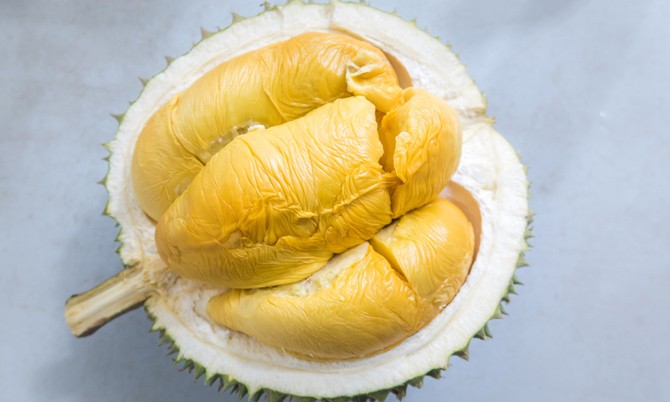 |
| Kanyao durian flesh is golden yellow, smooth as cream, and retains its firmness even when ripe - worthy of the title of the world's most expensive delicacy. |
In addition, the cost of cultivation also contributes to the high price. The cost of water alone for watering the plants each year costs about 2,200 USD (more than 56 million VND). Not to mention, the meticulous care process and strict selection standards make the number of fruits that reach commercial quality extremely limited.
Is the quality worth the price?
Kanyao durian stands out with its round shape, stem length of 10-14 cm. The durian flesh is bright yellow, smooth like cream, fragrant and rich in sweetness. In particular, even when ripe, the fruit flesh still retains its firmness, not mushy like many common durian varieties.
Compared to Vietnamese durian - who is better?
In Vietnam, Ri6 durian is considered the best variety today, famous for its golden flesh, sweet and fatty taste, strong aroma and reasonable price (about 100,000-200,000 VND/kg). Although Ri6 cannot be compared in price or rarity as Kanyao, it has won over consumers with its stable quality, easy accessibility and is the pride of Vietnamese agricultural products.
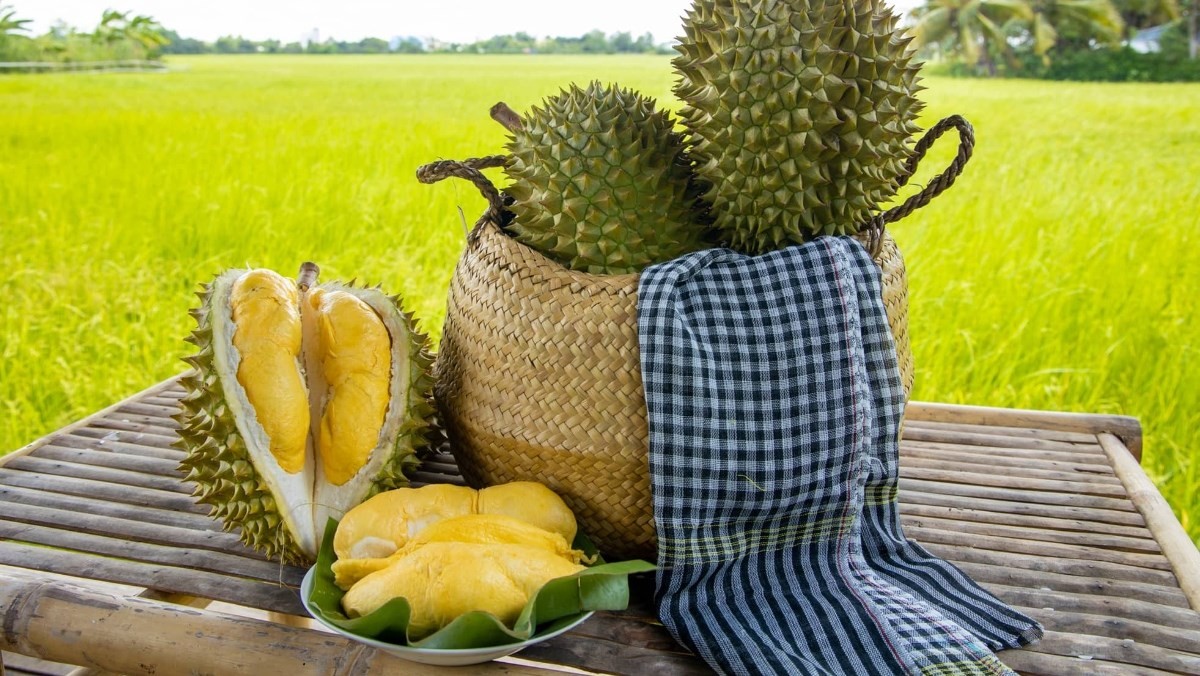 |
| Kanyao – luxurious, rare; Ri6 – aromatic, fatty, accessible. The two “national representatives” of Thailand and Vietnam each have their own culinary excellence. |
In short, if Kanyao is a symbol of luxury and exclusivity in the durian world, Ri6 represents sophistication, a balance between quality and practical value. Each has its own position – one is the “king of luxury”, the other is the “popular gem”.
Read more
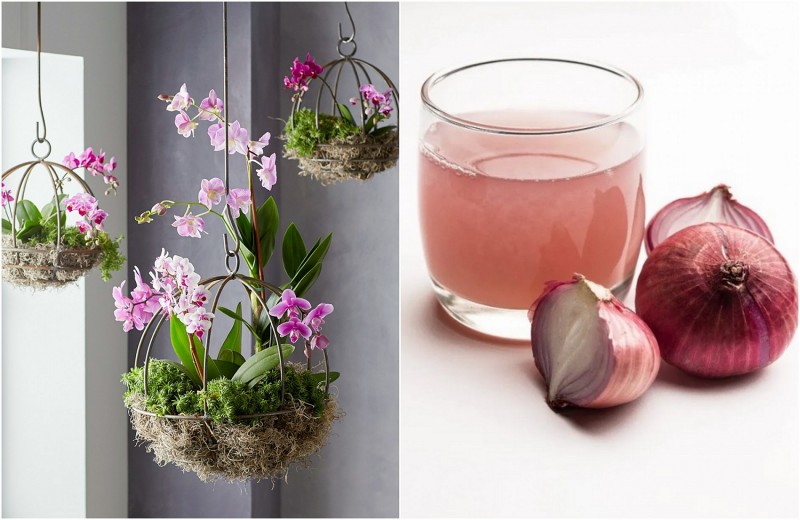
Not water, but understanding makes ornamental plants flourish

Bioponic vertical garden: When green sprouts in the heart of the city
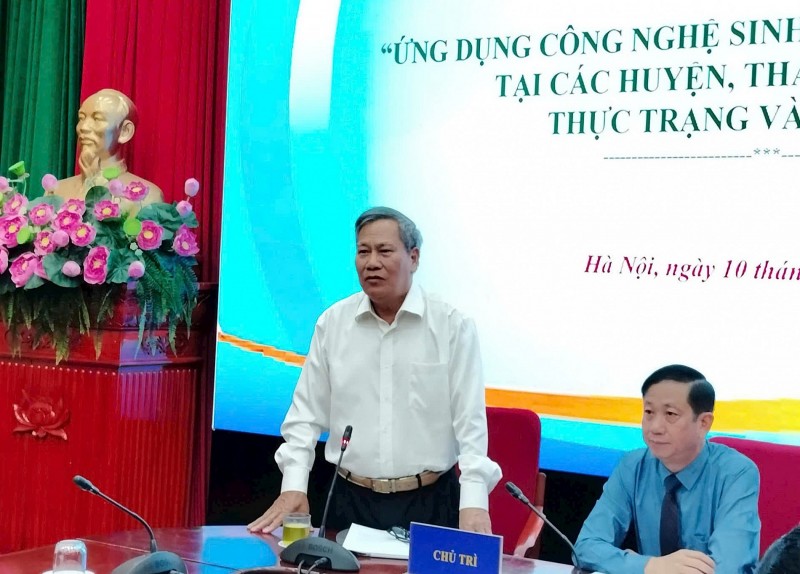
Breakthrough mechanisms needed to promote biotechnology application in Hanoi’s agriculture

Fish robots: Technological solutions open the era of smart aquaculture
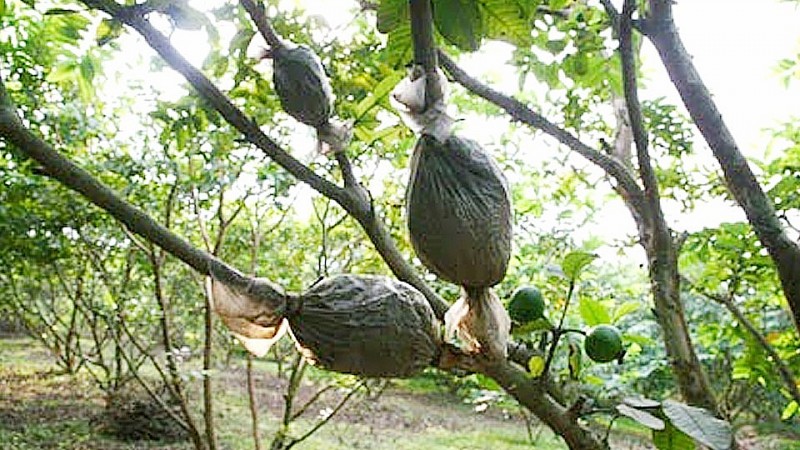
Air layering plants: An effective propagation method with great economic potential

Deteriorating air quality: Time for Hanoi to make bold investments in green spaces
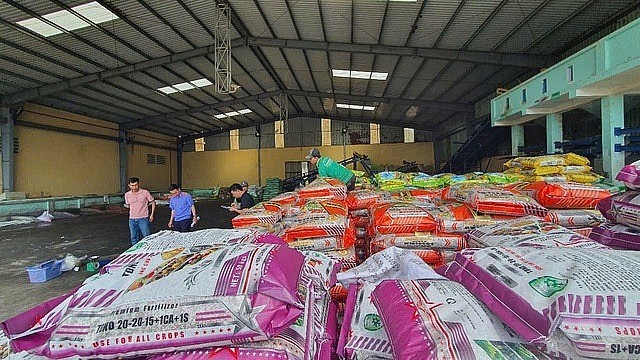
From fake fertilizers to green transformation: Opportunities in challenges

White Camellia: Nature-Healing Ornamental Treasure
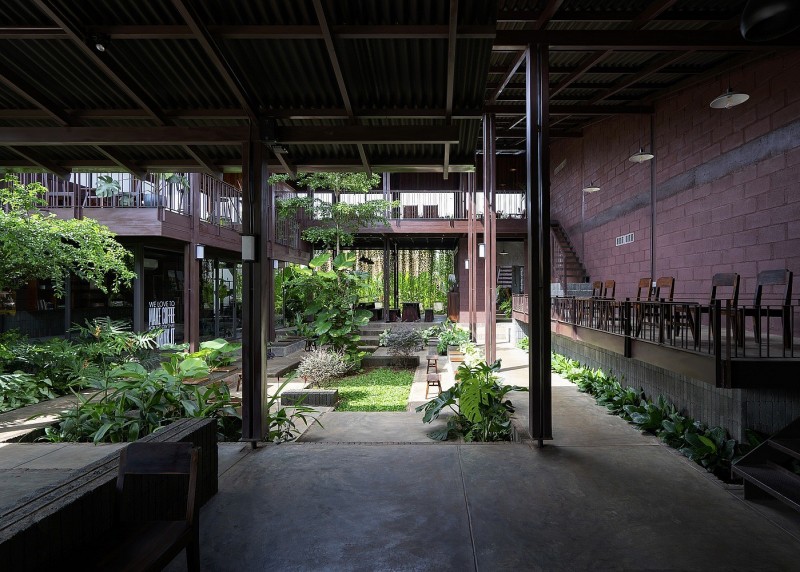
Coffee commune: A Green architectural space for community memory
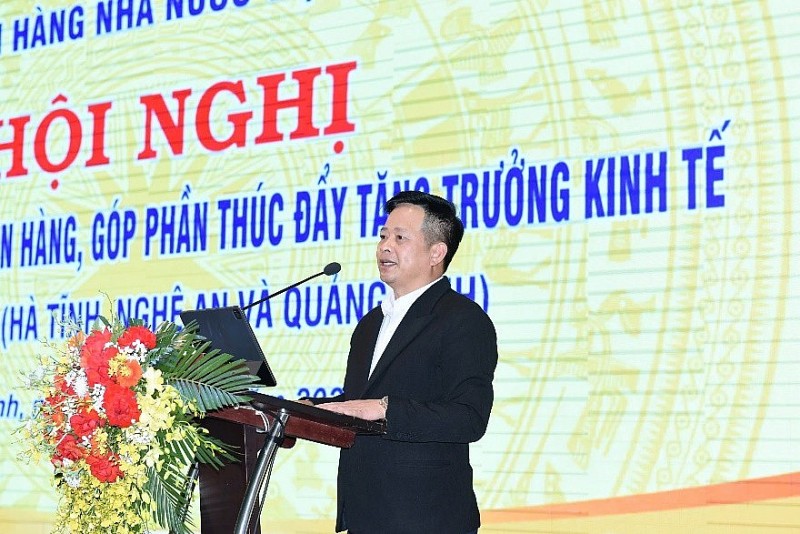
Accompanying sustainable agriculture: Perspective from Agribank and opportunities for developing Vietnam's Ornamental Plants industry
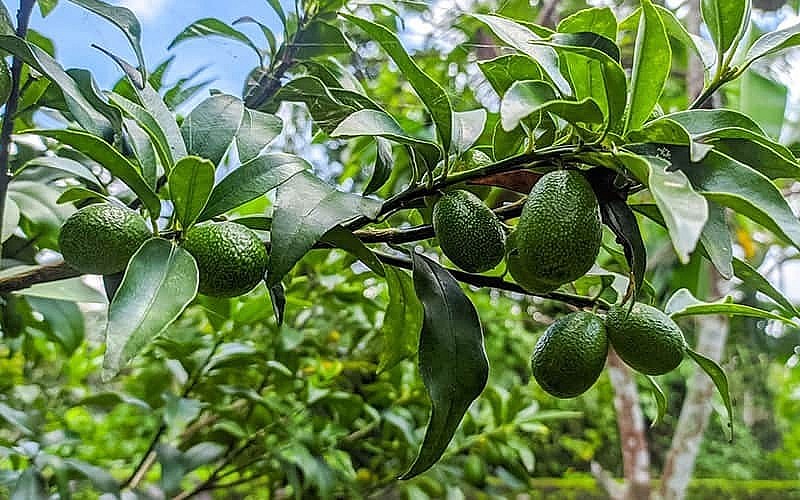
A superfruit widely grown in Vietnam, securing farmers stable income
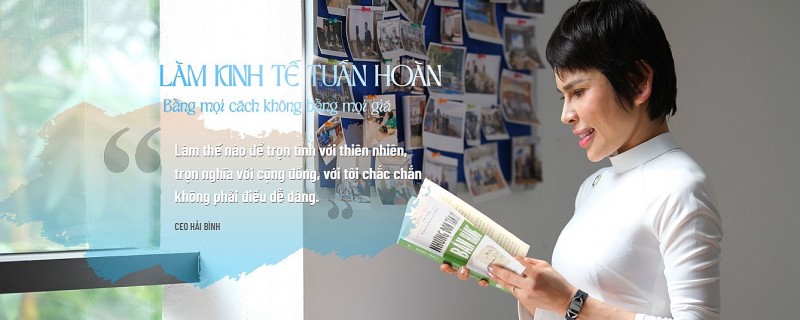
STP Group: Nguyen Thi Hai Binh - The pioneer woman bringing the ocean into the circular economy and the journey of "connecting values - connecting the community"
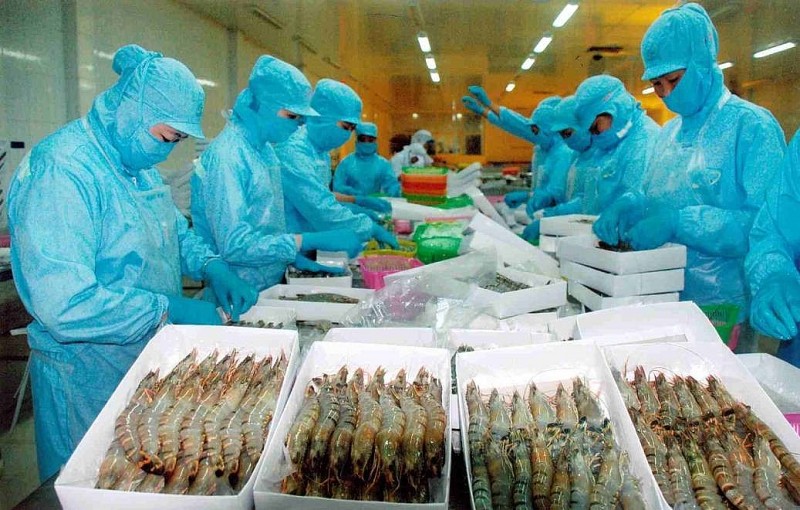
US imposes 46% reciprocal tax on Vietnamese goods: Risks and solutions for agricultural exports
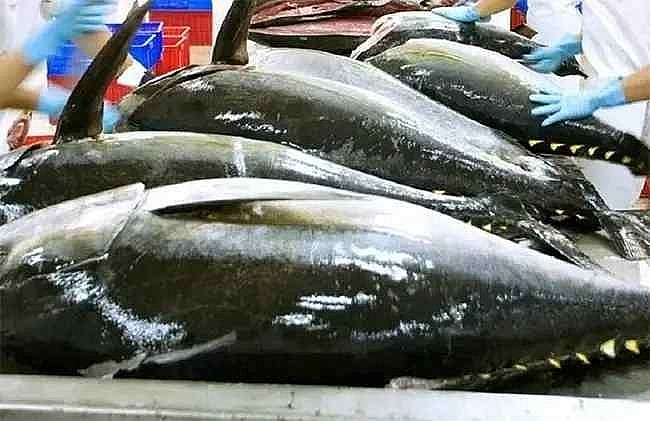
After durian, Vietnamese tuna emerges as a strong competitor to Thailand in global market

Vietnam named one of Asia’s top wildlife watching destinations
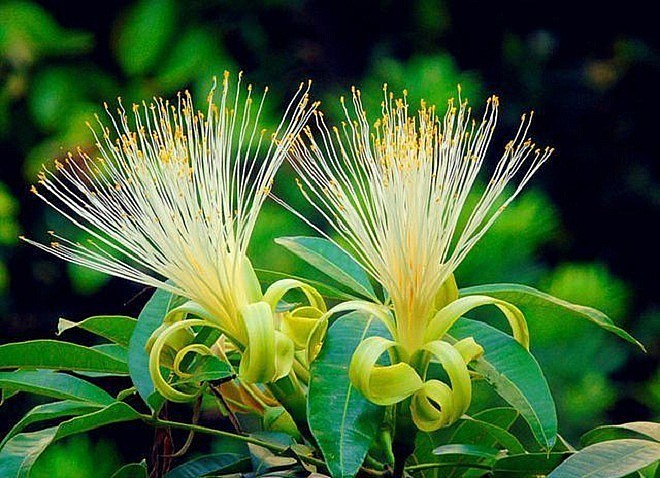
Blooming money tree - A rare omen of wealth and prosperity

Bún Flowers: Hanoi’s hidden floral delight
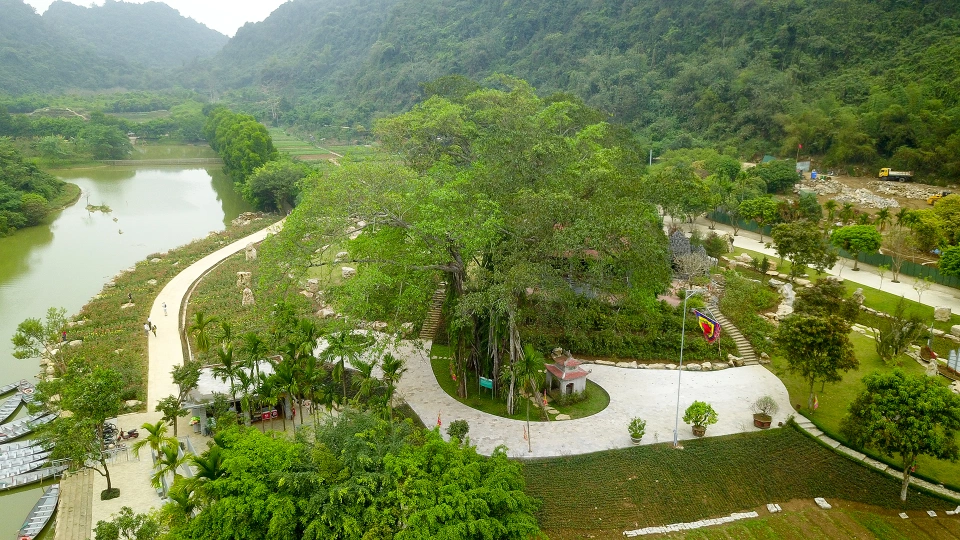
The thousand-year-old "moving" banyan tree in Ninh Binh, each step takes a century
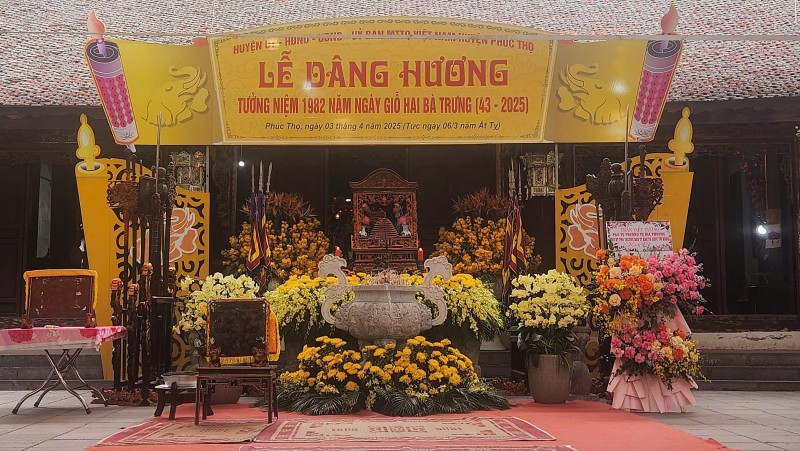
Hat Mon Temple – Historical Mark of Hai Ba Trung
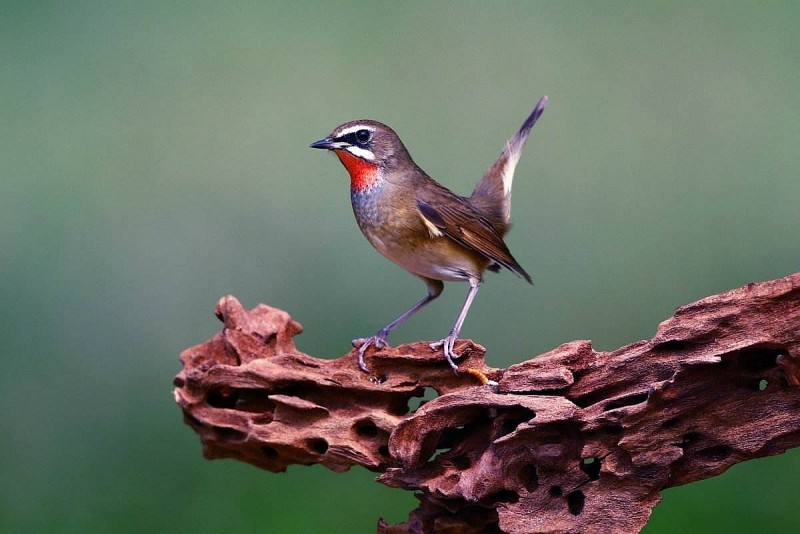
Discovering 4 bird species that have captivated the Chinese for centuries
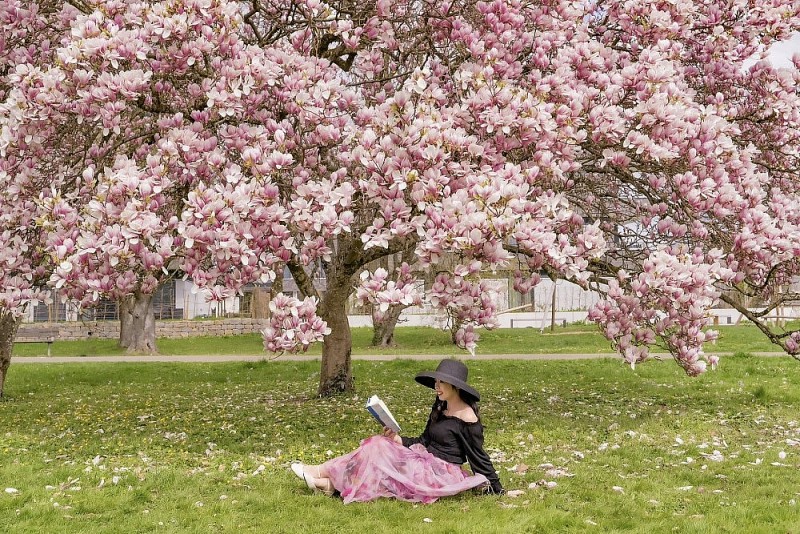
Vietnamese women and magnolia blooming seasons in Europe

Planting native species: A global trend for greener homes and bird-friendly spaces

56-year-old man living alone in the forest for 27 years with birds
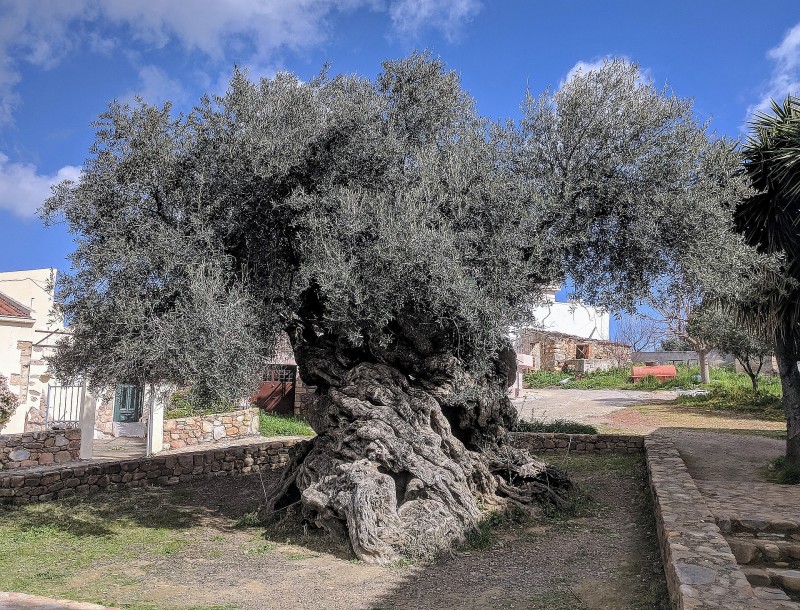
Gazing at a 5,000-year-old olive tree in Greece

Department of Crop Production and Plant Protection: "Orienting the total production value of flower and ornamental plant sector reach 70-75 trillion VND by 2025"
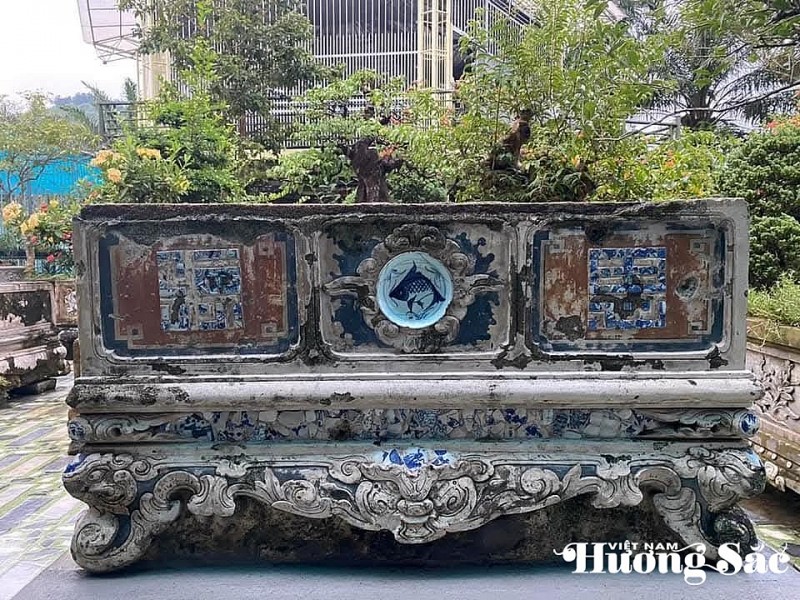
The 9X artist turns water hyacinth into living art

Over 1,000 artworks featured in the 2025 Expanded Ornamental Creatures Exhibition of Van Giang District
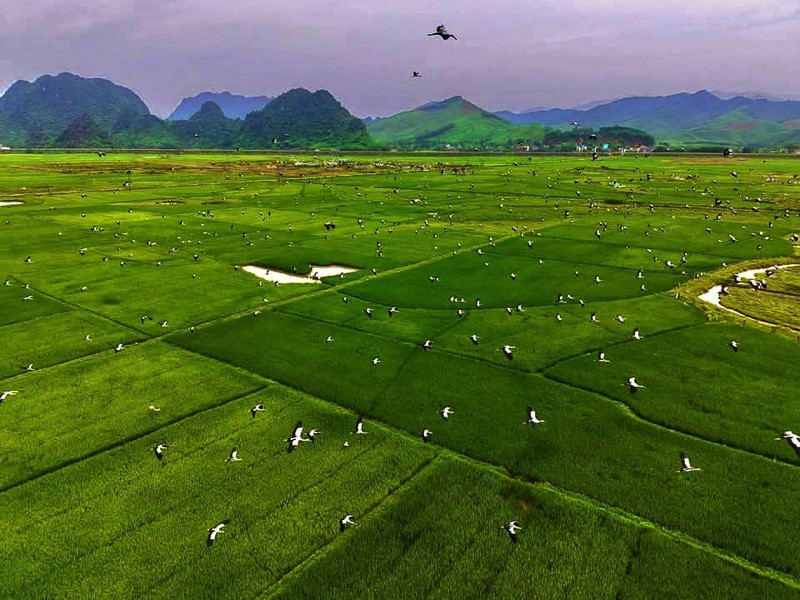
Endangered stork species making surprise appearance in Phong Nha - Ke Bang

Over 1,000 master bonsai trees gather in Quang Ngai, dazzling plant enthusiasts
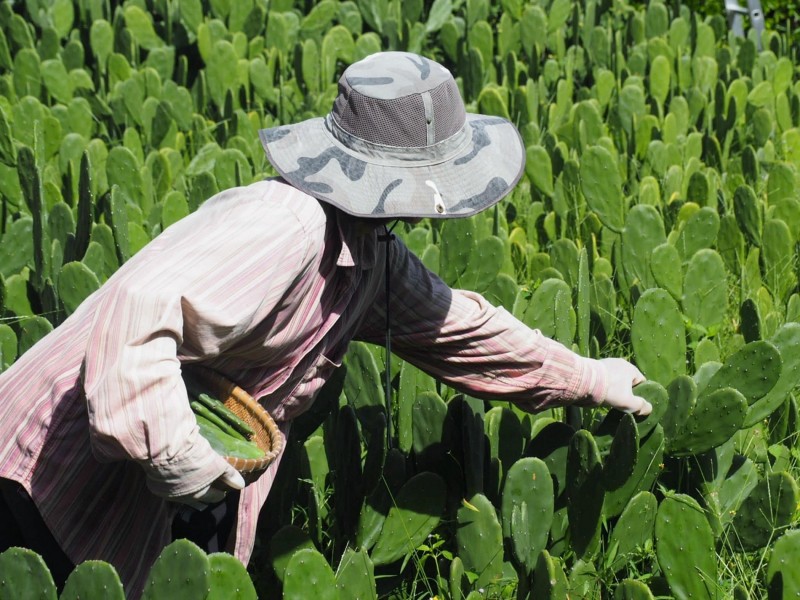
Leaving a $1,000 office job, engineer turns cactus into food and drink
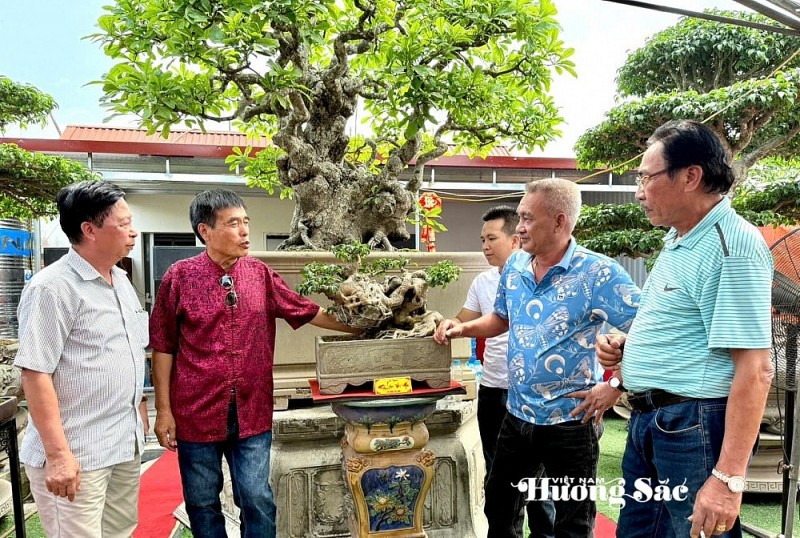
Hoa "Taxi" - A typical bonsai artist in Van Giang District, Hung Yen Province
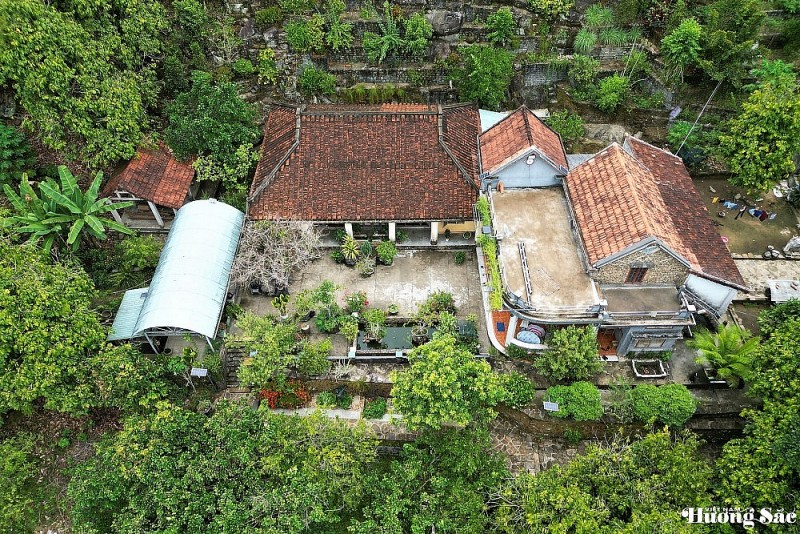
Look inside the million-dollar jackfruit wood ancient house in Quang Nam Province
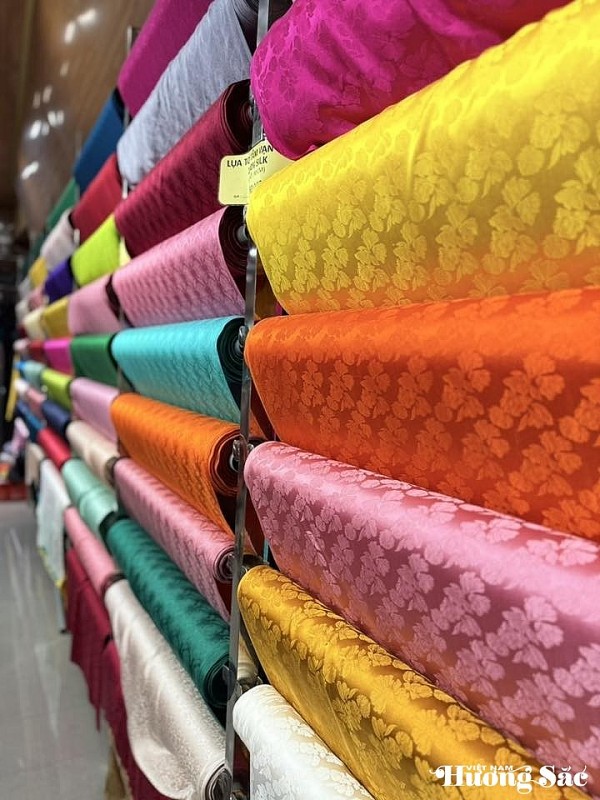
Van Phuc Silk Village: Weaving tranquility through memories and colors
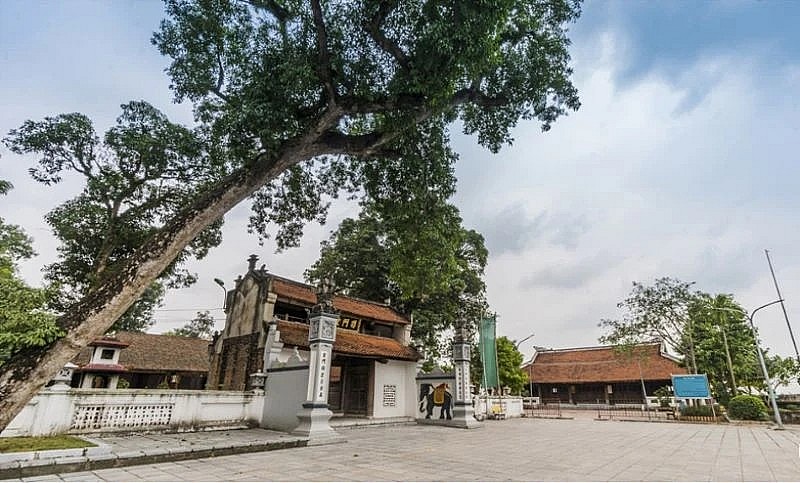
Exploring Hat Mon Temple in Hanoi
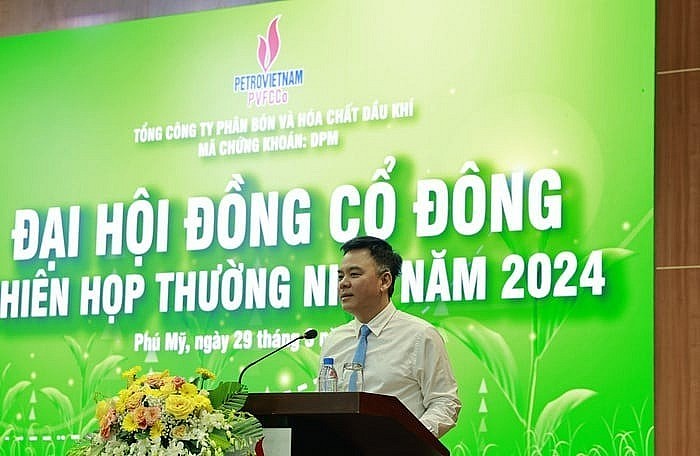
From the first granule of urea to a national brand: PVFCCo and its mission beyond the continent

STP Group: Nguyen Thi Hai Binh - The pioneer woman bringing the ocean into the circular economy and the journey of "connecting values - connecting the community"
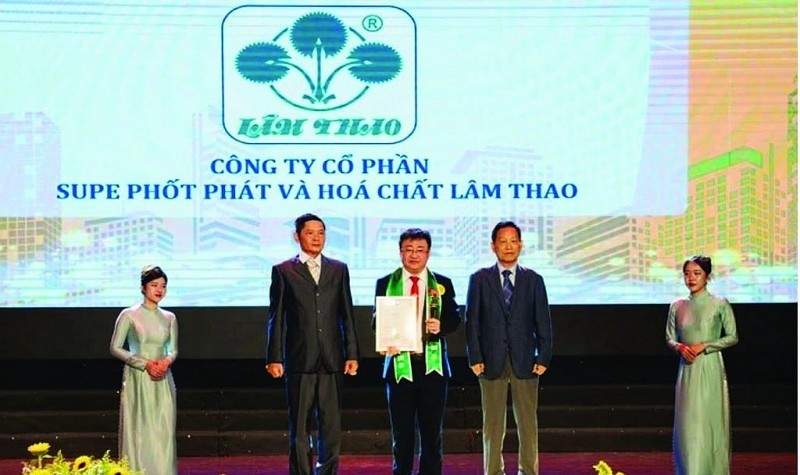
Toward the Celebration of the 63rd Anniversary of Lam Thao Superphosphate Company: From following President Ho Chi Minh’s wish to a national brand

Trailer introducing the special issue of Vietnam huong sac Magazine, published on May 19
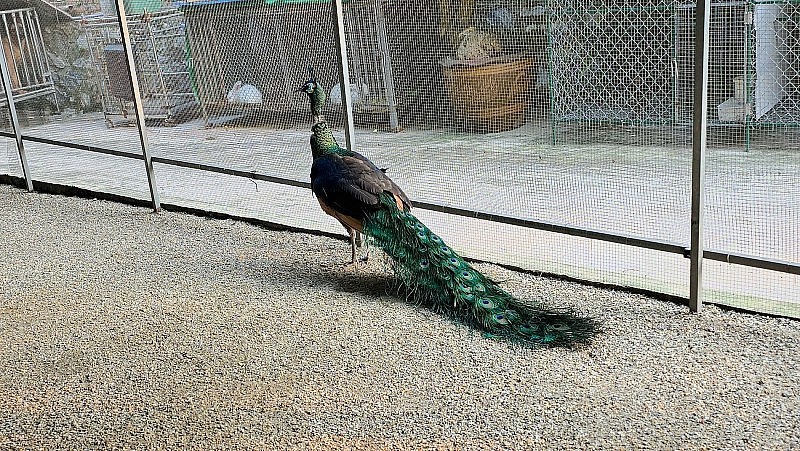
Surprised by rare songbirds at Dung Tan Center in Thai Nguyen Province
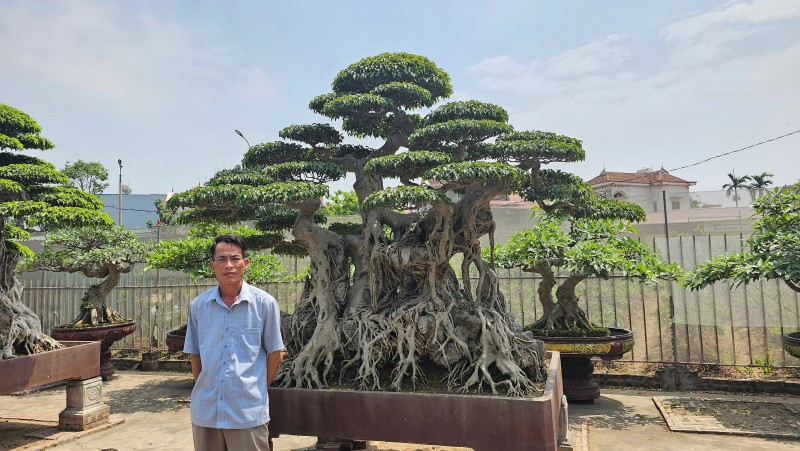
A passionate horticulturist committed to preserving the Sanh Da bonsai lineage in Hưng Yên

Look inside the million-dollar jackfruit wood ancient house in Quang Nam Province
